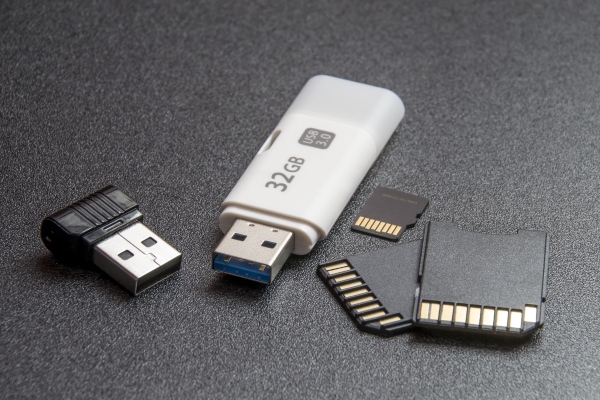
Researchers have come up with a way to detect fake flash memory, one of the most widely counterfeited electronic components.
According to the researchers from The University of Alabama in Huntsville, flash memory – a non-volatile digital storage medium that stores data on a chip – is increasingly at high risk of counterfeiting because of its widespread use in electronic systems, including space applications and consumer electronics.
However, there have been few feasible solutions to detect counterfeits and recycled flash with high confidence mainly been because of the variability among different flash chips, the researchers said.
To address this, the team developed a detection method based on a combination of the statistical distribution of various timing characteristics of memory and the number of faulty bits (the smallest unit of data in a computer).
The team was able to detect counterfeit flash memory with close to 100 per cent confidence.
“Most researchers focus on fail bit count or how fast the chip can read and write – they never worry about programme-erase time,” said Bahar Talukder, a graduate student involved with the development.
“But while fail bit count and read and write time do show changes, programme-erase time is the best metric because it shows the most amount of variation.” It’s also more consistent across manufacturers and tends to increase noticeably even after just a few programme-erase cycles, he added.
The researchers performed erase operations on sample flash memory chips and recorded the erase time. They found that programme time decreases, while erase time increases with the increasing number of programme-erase count. Fail bit count was found to increase with the increasing number of programme-erase count.
The team found that they could achieve a 100 per cent confidence level of accurately detecting a recycled memory for a flash with just 3 per cent usage, noting that detection confidence increases with higher usage.
The technique was deemed inexpensive, non-destructive (in that is does not wear out the flash chip) and required no additional hardware or hardware modification. It was also widely applicable to a wide range of flash chips from different manufacturers.
The team, which has filed several patent applications, hopes to turn the method into a smartphone application and a browser extension.
The researchers said the development was a significant move in being able to curb counterfeits and safeguard the electronic systems used in vital infrastructure.
“Failure of flash memory in critical applications can have catastrophic effects, from simply corrupting the system to enabling a hardware trojan attack. So, there is a big demand for this ability to detect counterfeit flash with high confidence,” said Dr M. Tauhidur Rahman, assistant professor at the university’s department of electrical and computer engineering.
The problem exists because of the high turnover of consumer electronics, with upgrades available annually, yet most of the electronic components remain functional once the old device is replaced with the upgrade. This e-waste is increasingly recycled and fraudulently resold as new. While the components remain functional, their life span, however, is greatly reduced, which can have adverse effects.
The problem has been further exacerbated in recent years as the semiconductor supply chain has shifted from a vertical to a horizontal model. “Because of manufacturers’ enhanced reliance on independent suppliers, these electronic systems are at a lot more risk of counterfeiting and piracy than ever,” said Dr Biswajit Ray, an assistant professor at the University’s department of electrical and computer engineering.
Furthermore, Ray added, counterfeiters are getting more savvy, making it harder to tell whether components in any given electronic system are fresh or recycled. All these factors highlight the need for a detection system.
However, developing a detection system that is sufficiently accurate has been challenging. Current approaches rely on the maintenance of an extensive database or on manufactures’ willingness to adopt sensor-based approaches.
The proposed method is now being tested against temperature and voltage variations, while a detection method using programme disturb characteristics is also being explored by the research team.
Image courtesy of PhotoMIX-Company / Pixabay
©
SecuringIndustry.com
 | back to top
| back to top





